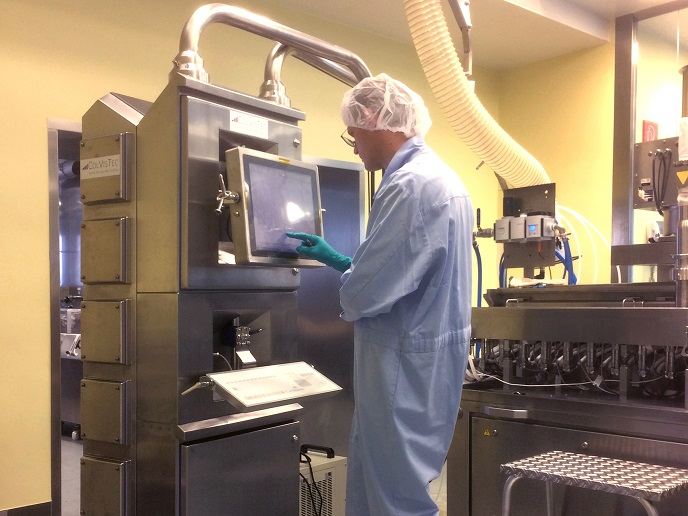Better radiation protection for medical staff
Radiological imaging employed by interventional radiology (IR) and nuclear medicine (NM) enables doctors to conduct minimally invasive procedures for the diagnosis and treatment of diseases that used to require complex operations. The Sixth Framework Programme (FP6) project CONRAD ('A coordinated network for radiation dosimetry') demonstrated that high doses were delivered to extremities not covered with radiation protection. Also, there was a lack of systematic analysis of staff radiation exposure in the fields of IR and NM. In response, the EU funded project 'Optimization of radiation protection of medical staff' (ORAMED) evaluated eye lens exposure in IR and hand exposure in NM, as well as the functioning of available active personal dosimeters (APDs). Most currently available APDs for the eye lens are ineffective in detecting low energy fields and none are designed to detect pulsed radiation. ORAMED carried out an organised measurement campaign of both IR and NM radiation exposure in hospitals throughout Europe. Analysis of subject data was complemented by computer simulations to identify the most important factors affecting radiation doses to the eye lens and extremities. Researchers investigated the actual dose loads of health care workers and factors that influenced radiation exposure. A novel personal dosimeter for eye lens radiation monitoring during IR was developed and is now commercially available. A detailed analysis of hand exposure during NM interventions facilitated the development of practical guidelines and recommendations for implementation of routine monitoring. In addition, quantitative testing of existing APDs under real clinical conditions (e.g. pulsed fields) for the first time enabled the development of informed guidelines for their use. ORAMED outcomes have made an important contribution to enhancing the safety of medical staff performing procedures in IR and NM. Through better assessment of exposure of extremities and the main causative factors, scientists developed advanced personal dosimetry devices for the eye lens and made recommendations for safe practices in the case of NM. ORAMED thus filled an important gap in radiation protection with knowledge that should improve the protection of health care workers.







